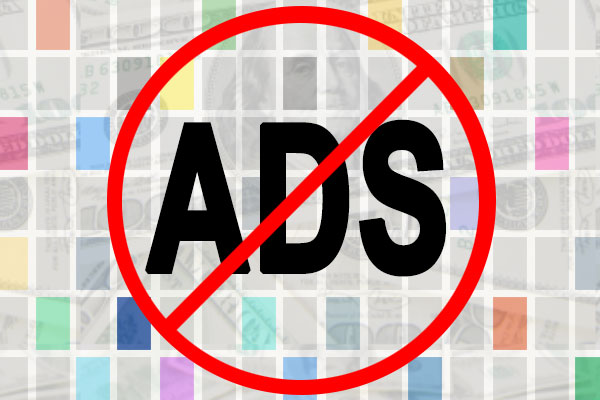The New York Times Company last week indicated would take steps to circumvent ad-blocking tools.
“As you know, the Times’ digital subscription revenue stream means that we are less exposed than most publishers to the impact of ad-blockers,” said NYT Company CEO Mark Thompson during an earnings call. “Nonetheless, let me make it clear that we oppose ad blocking.”
Creating “quality news content is expensive,” he noted, and online advertising is an important means through with media outlets fund news gathering.
“We are exploring a number of options — including, but not limited to, technical solutions — to mitigate the impact of ad blockers should the threat increase,” Thompson said.
When asked to elaborate on what he meant by “technical solutions” to mitigate the problem, NYT spokesperson Eileen Murphy circled back to the CEO’s statements.
Thompson’s prepared remarks on ad blocking during the earnings call represent the company’s public comment on the matter, she told the E-Commerce Times.
A New Offensive
It’s a pretty big problem, said Charles King, principal analyst for Pund-IT, about the prevalence of ad-blocking tools.
“If online advertising were to disappear completely, a whole lot of publishers would disappear shortly thereafter,” he told the E-Commerce Times.
On the other hand, ad blockers appeal to consumers because they deliver a user experience that is “blissfully devoid” of marketing content, King noted.
The problem is that “the revenues from those ads pays for much of the content consumers enjoy,” he pointed out. “Kill off or strangle revenue-generation, and you suck the air out of the content-creation process. ”
The Consumer Side
It may be hard to find fault with consumers for wanting an Internet browsing experience free of ads, but it really depends on who’s in the discussion, according to King.
“The arguments in favor of ad blocking are similar to those we’ve heard since the commercial Web appeared, around issues like file sharing, digital music distribution, digital rights management and so on,” he observed. “It’s perfectly normal for consumers to want a free lunch, but everything has a cost.”
Those ads that people would rather not see are the same ones that facilitate the content they do want to see, King reiterated.
“So it’s also perfectly reasonable for the New York Times and other Web publishers impacted by ad blocking to seek out ways around it,” he said. “It’s a game of cat and mouse that has gone on for years, and will likely continue so long as the commercial Web exists.”













































Social Media
See all Social Media